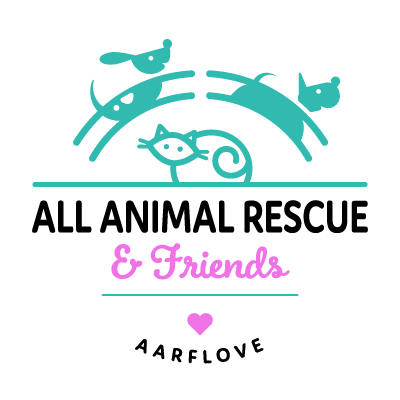Dog Socialization Tips
By Sherry Woodard, Best Friends Animal Behavior Consultant
For dogs to be happy and comfortable in the world of humans, socialization is so important. Many dogs lack basic social skills, either because of limited exposure to other dogs and people, or a lack of positive experiences. Dogs who were raised without sufficient experience with new people, places, sounds and objects often show fear of many commonplace situations, such as meeting new people.
These dogs are uncomfortable near new people because they look, smell and sound different from their families.
Exposure to new experiences is especially important when dogs are puppies. Between 3 and 20 weeks of age is the critical socialization period in puppy development. During that period of time, if puppies do not experience a considerable variety of new things (see checklists below) in a way that allows them to feel safe and happy, they may likely become fearful adults. One of the best ways to leverage this opportunity is to take a puppy to a socialization class with a relationship-based behavior consultant. We can help fearful adult dogs, but socialization of adult dogs can take much longer than it does for puppies.
If a dog has had limited experience with the outside world, any change, such as a move to a new house or city, can be quite a challenge. When dogs like these end up in shelters, they often have a very hard time adjusting to their new environment. They may have been great with their people, even with a few family friends, but when everything in their lives has been turned upside down, they become fearful and antisocial. Unless someone works with them to improve their social skills, they are often deemed to be unsuitable for the role of family pet.
We can help these dogs by teaching them that the world isn’t as scary as it seems. To do this, we must help them experience a variety of things in ways that they feel safe and happy:
To help a dog feel safe: Always work at an intensity at which the dog is completely comfortable. You can reduce the intensity of a trigger (whatever new thing you’re introducing the dog to) in different ways, including increasing the distance, duration, size and volume. Watch the dog’s body language to tell if he’s comfortable. If he looks even a little uncomfortable, reduce the intensity of the trigger.
To help a dog feel happy: Have the trigger predict something that the dog loves, such as a special food treat. Every time the dog experiences the trigger, give him a special treat. With repetition, the dog will start to understand that the presence of the scary thing means that a treat is coming, and he will start to feel better about it. If a dog develops positive associations with meeting new challenges, he will soon be comfortable and relaxed, ready to go places and do many fun things.
Handle all of the dog’s body parts on a daily basis, giving praise and small food rewards for relaxing. As the dog becomes more comfortable, have other people start to handle the dog, too.
Reprinted with permission by Best Friends Animal Society

